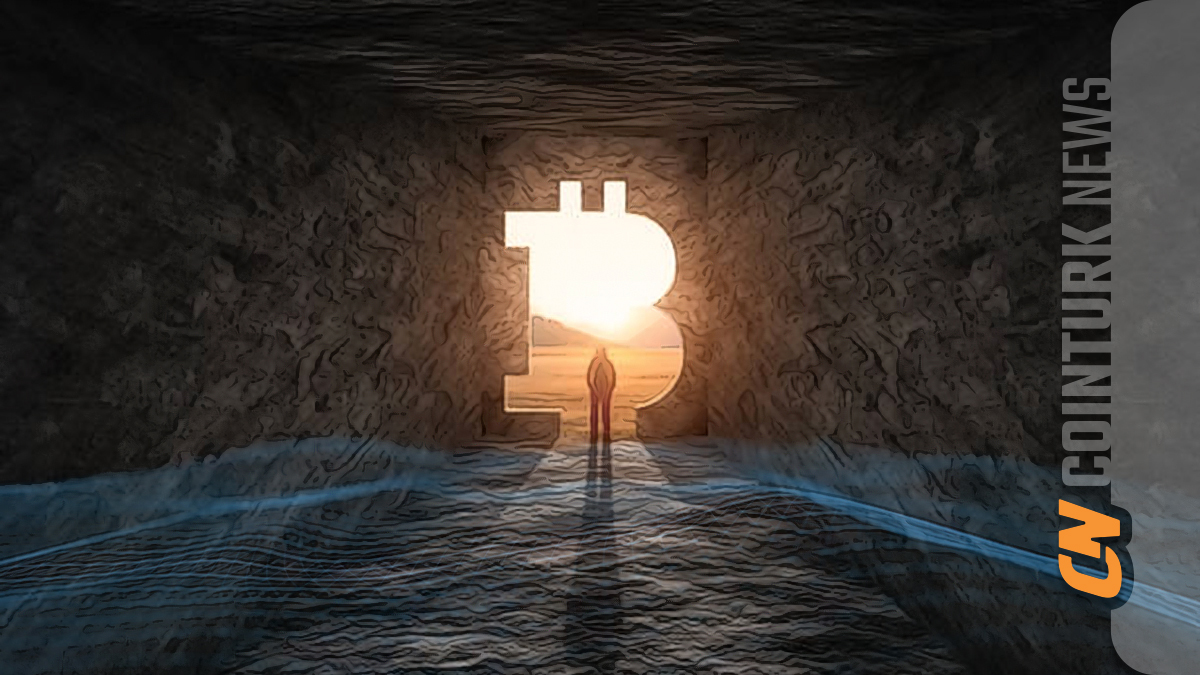The crypto market’s rise brings notable developments, with the popular stablecoin company Tether entering a strategic partnership with the Celo network to continue expanding its stablecoin across various blockchain networks. Tether will launch USDT on the Celo ecosystem, an Ethereum Virtual Machine (EVM) compatible Layer-1 network designed for fast and low-cost payments.
Tether Takes a Strategic Step
Tether states the new integration brings several benefits, including extremely low sub-cent transaction fees, which could be around $0.001, enabling feasible microtransaction charges. A source close to Celo commented on the matter:
“Since its launch in April 2020, one of Celo’s core features has been its design for fast and low-cost global payments. With the transition to the Ethereum Layer-2 ecosystem, transaction fees will remain low, which is critical for achieving global prosperity and forms the foundation of the Celo community’s mission.”
A Tether representative declined to specify when the initial USDT distribution would take place and when it would be released on the Celo blockchain network. USDT’s biggest competitor announced a native launch in the Celo ecosystem in January 2024. According to Circle, the issuer of USDC, the first USDC was made available on Celo on February 22nd.

Celo and the Ethereum Ecosystem
USDT based on Celo will join 14 blockchain ecosystems currently supported by Tether, including Tron, Ethereum, Solana, Avalanche, and Omni. According to Tether Transparency, Tron and Ethereum are the two largest blockchain networks for USDT, accounting for 50% and 45% of all issued USDT, respectively.
The news comes amid complaints from the crypto community about high fees on the Ethereum network as the Ethereum price exceeds $4,000. ERC-20 Tether USDT requires Ethereum transaction fees to complete transactions, so the rapidly increasing Ethereum transaction fees also impact Ethereum-based USDT.
According to a source close to Celo, despite being an EVM compatible network, Celo is not dependent on Ethereum in terms of transaction fees. For instance, if Ethereum fees increase, it does not necessarily mean that Layer-2 transaction fees will rise in the same way or at all, considering certain architectural choices.

 Türkçe
Türkçe Español
Español









